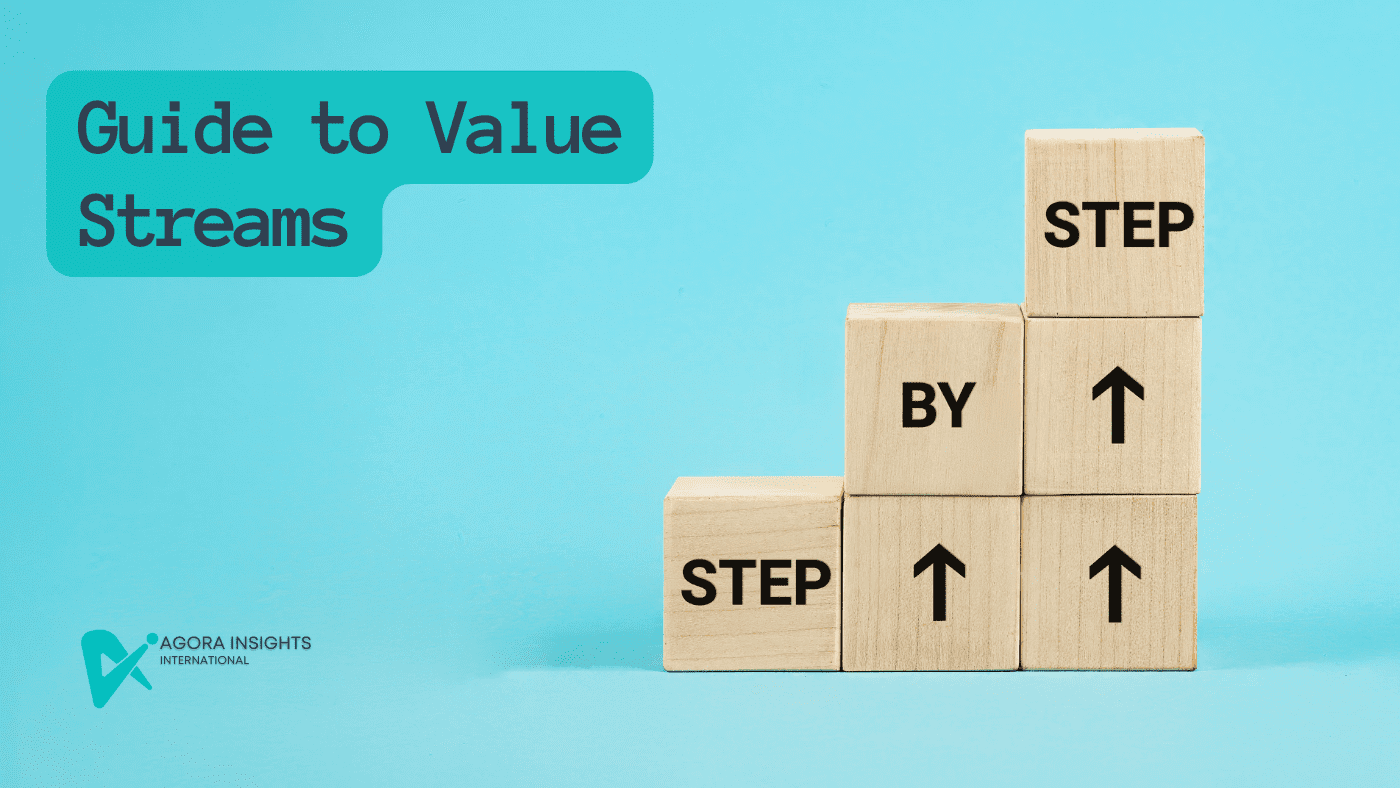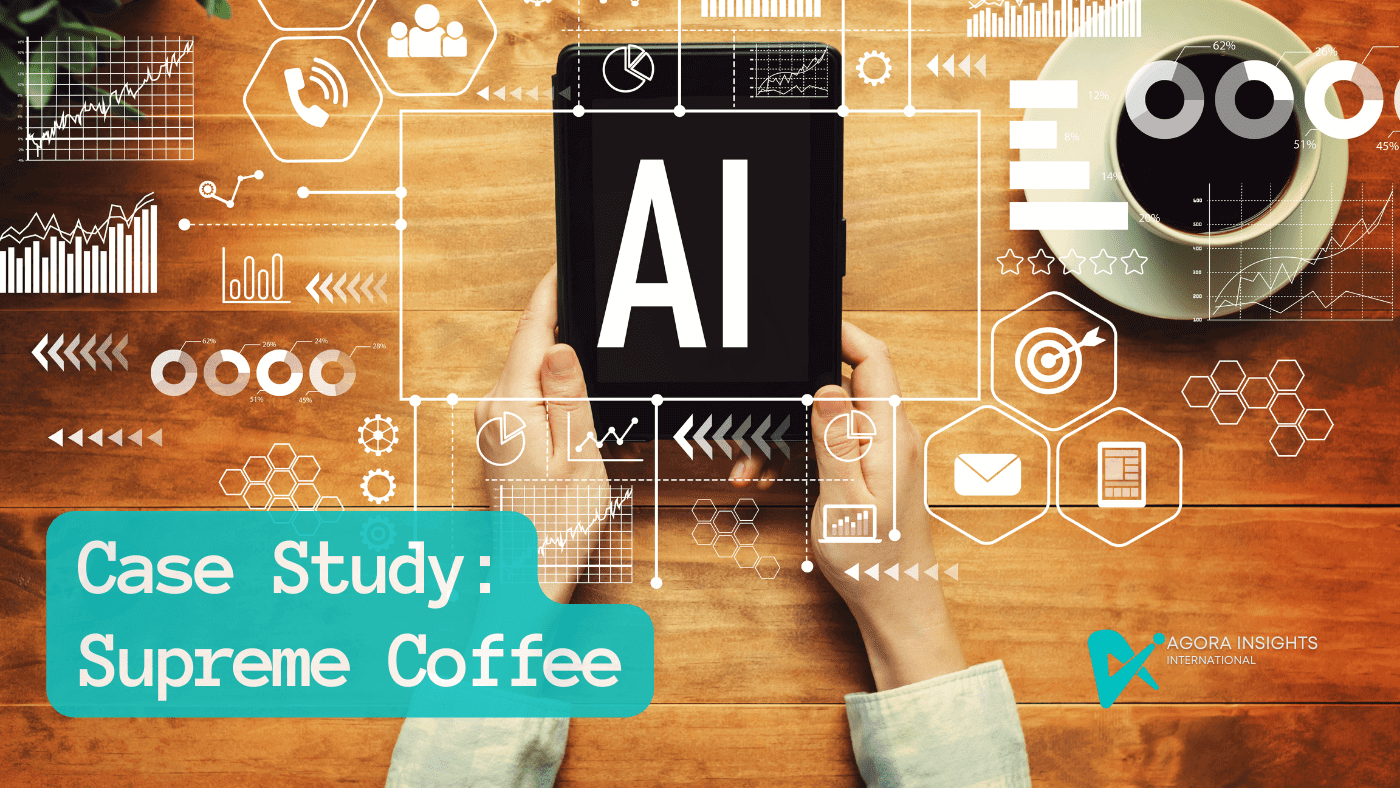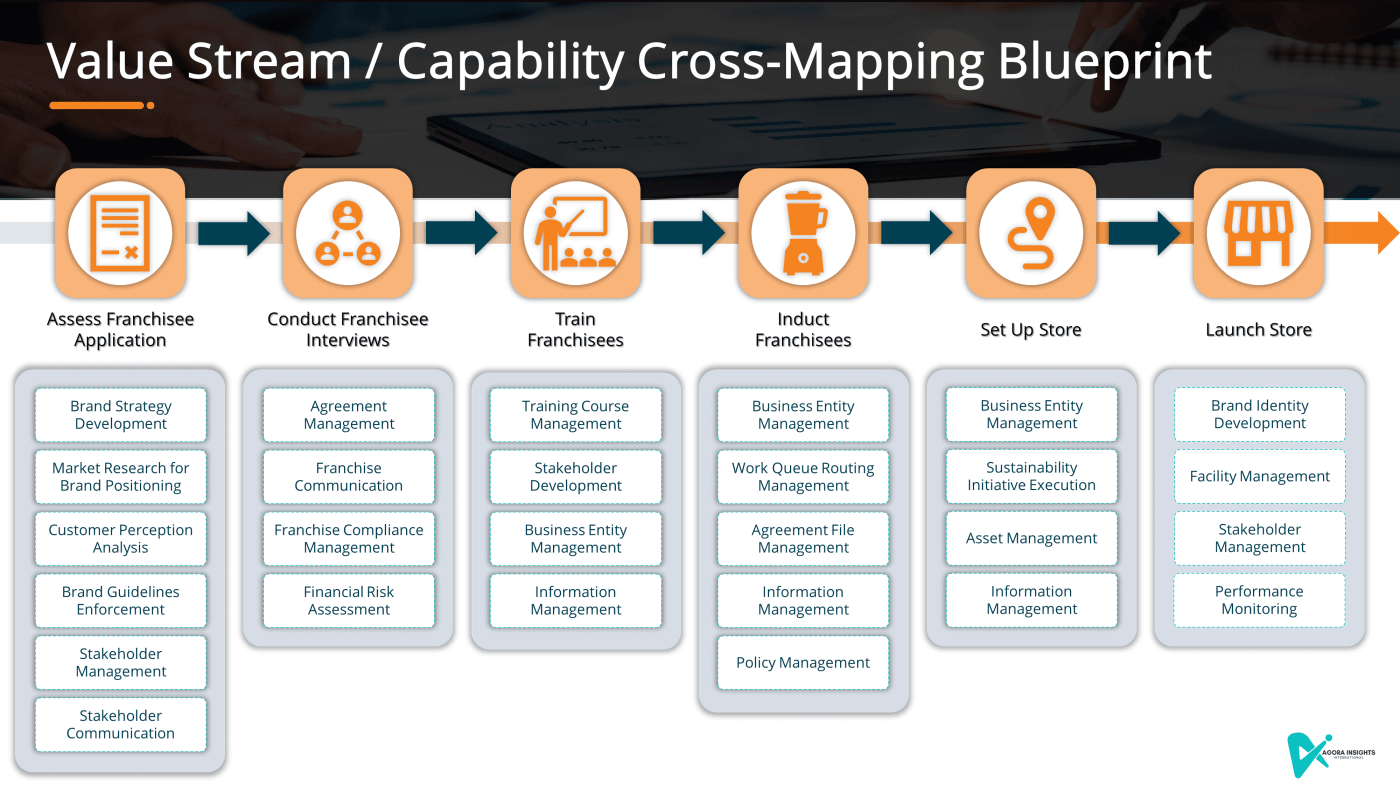Understanding Value Streams in Business Architecture
Logic dictates that if you're in business, you're providing something that people value. Otherwise, why would you be in business? But how do we uncover what that value is and how we deliver it? I know this sounds obvious, but it actually isn't. How do we continually find new ways to deliver this value in a complex maze of data? Many businesses are finding the answer in business architecture value streams. These are powerful tools for understanding and simplifying end-to-end value delivery to stakeholders.

In this blog post, we will go over the steps involved in implementing business architecture value streams and discuss the role of a business architect versus AI.
The critical role of a business architect in value stream implementation
It's critical to understand the role of a business architect before diving into value streams. Of course, saying "create a value stream blah" is simple, but it does not guarantee success. In essence, a value stream is a quick way to gather a group of people and enable them to identify key steps for gathering value for a specific stakeholder.

While this appears straightforward, the business architect is critical to laying the groundwork and initiating the work. As a business architect, your responsibilities include defining stages within value streams, identifying stakeholders, establishing criteria for each stage's commencement and completion, identifying key outcomes (value items) at each stage, and establishing connections between relevant business capabilities and stages within the value stream. You will need to be vigilant because AI can end up going down a rabbit hole of words that make no sense or add no value.
Step-by-step guide to Value Streams

So let's break down what the steps are and how you would work with AI to speed up the process.
1: Understanding the Business Intent:
You will start by identifying potential value streams that are in line with the business's goals or aspirations. This means you have to have a deep understanding of why the business exists, what it does, who its customers are, and the associated trends. Artificial intelligence can help with this process by analysing large datasets, market trends, and customer preferences. However, the business architect must review and interpret AI's findings, as AI may overlook the "why" in certain value streams that necessitate a more in-depth, context-based understanding.
2: Identifying Value Streams
Next, you would look to identify potential value streams that align with the business intent. AI can aid this process by analysing large datasets, market trends, and customer preferences. However, the business architect needs to review and interpret AI's findings, as AI might miss out on certain value streams that require deeper, context-based understanding.
3: Defining Stages:
The stages within each value stream are defined by the business architect. Although AI could potentially automate this task based on clearly stated rules, the business architect's expertise becomes critical when stages involve complex decision-making or require intuitive understanding.
4: Identifying Stakeholders
The role of the business architect is to identify the entities involved at each stage of the value chain. While AI can help by categorising stakeholders based on available data, you will have to ensure that all relevant stakeholders are identified, particularly when stakeholder involvement is dynamic. Some simple tricks may include identifying the business units to help with this and keeping the roles more generic.
5: Establishing Entrance and Exit Criteria
The business architect establishes clear criteria for each stage’s commencement and completion. I did find that AI can help analyse historical data and provide superficial performance metrics. You will definitely have to have some measures to support this criteria; AI just provides a starter.
6: Defining Value Items:
Working with your stakeholders, you would help identify key outcomes or results at each stage of the value stream. AI can provide support by analysing customer feedback and market trends, but it might struggle with defining value items that are not easily quantifiable or that require a deep understanding of business nuances. It also doesn't really help with large amounts of data. I find that AI is reasonably good at this if you provide a role and capabilities that are cross-mapped back to the business intent. It seems to enjoy this logic.
7: Understanding Business Capabilities:
The business architect needs to understand how different levels of business capabilities fit into the value delivery sequence and levelling. AI can analyse organisational structures, processes, and resource allocation but might misinterpret business capability tiers. I found this step pretty frustrating and ended up having to enter the data myself.
8: Cross-Mapping Business Capabilities:
The business architect's task is to map business capabilities to the stages of the value stream. AI can aid this process by analysing data and making recommendations, but the architect needs to review these to ensure all potential connections are identified. Again, sometimes this works, other times not so much. I would start with level 1 capabilities as a test to ensure that the appropriate capabilities are linked.
9: Reviewing and Revising:
You would review, revise, and validate the value stream with stakeholders after creating it. This task can be aided by AI by automating the review process, comparing performance data to defined metrics, and identifying areas for improvement. However, a review by a business architect is still required to capture all nuances and subtleties. I mostly just regenerate the results several times to see what happens, and I don't always use what it produces.
10: Validating the Value Stream:
This is the stage at which you would present the value stream to the appropriate stakeholders for validation. AI can help with feedback collection and analysis. However, the interpretation of feedback, particularly ambiguous or non-quantifiable feedback, necessitates the expertise of the business architect. This is essentially your job, so don't rely on AI to get it right.
Supreme Coffee: A Case Study

To put this into context, consider our fictional case study, Supreme Coffee. This company intends to franchise their business model and transform the coffee shop experience through superior coffee, innovative plant-based offerings, and sustainability.
As a business architect who has been collaborating with the Supreme Coffee team on their capabilities, your goal is to understand the company's intent. You'd then identify value streams like 'Enhancing the Coffee Experience,' 'Sustainable Sourcing,' and 'Franchisee Onboarding.' These value streams are consistent with Supreme Coffee's strategic intent and provide value to customers.

Your job as the business architect would be to outline the stages, identify the stakeholders, define the entry and exit criteria, and pinpoint the value items for each value stream. Following that, they would match the necessary business capabilities to each stage. After that, the value stream would be reviewed, adjusted as needed, and validated with stakeholders.
So right off the bat, the executive team can see what their primary steps might be.
Final thoughts
ChatGPT is a fantastic product, and I highly recommend it to every business architect! It's also important to be mindful of its limitations when using it to develop your value streams!

Limitations of AI in Business Architecture
- AI can expedite the process but may miss out on certain value streams requiring a more in-depth understanding or go down "rabbit holes". Mostly I found it did a reasonable job at getting it right.
- AI might struggle with defining value items that are not easily quantifiable or require a deep understanding of business nuances. What I mean by this is that it almost approaches VS as marketing "blurbs", here you have to intervene.
- AI might misinterpret business capability tiers in your cross-mapping to capabilities. It is very frustrating as you will probably have to do it manually. Sometimes it works, other times not. Therefore, the business architect needs to verify and correct these interpretations.
Value streams are a very important part of business architecture to help drive business intent. It does involve engagement with stakeholders. Give it a go; you may be surprised at how effective it is!
Check out our Business Architecture Fundamentals with AI course. Get free downloads and more.
Reference
Post sponsored by Agora Insights Ltd


Post a Comment